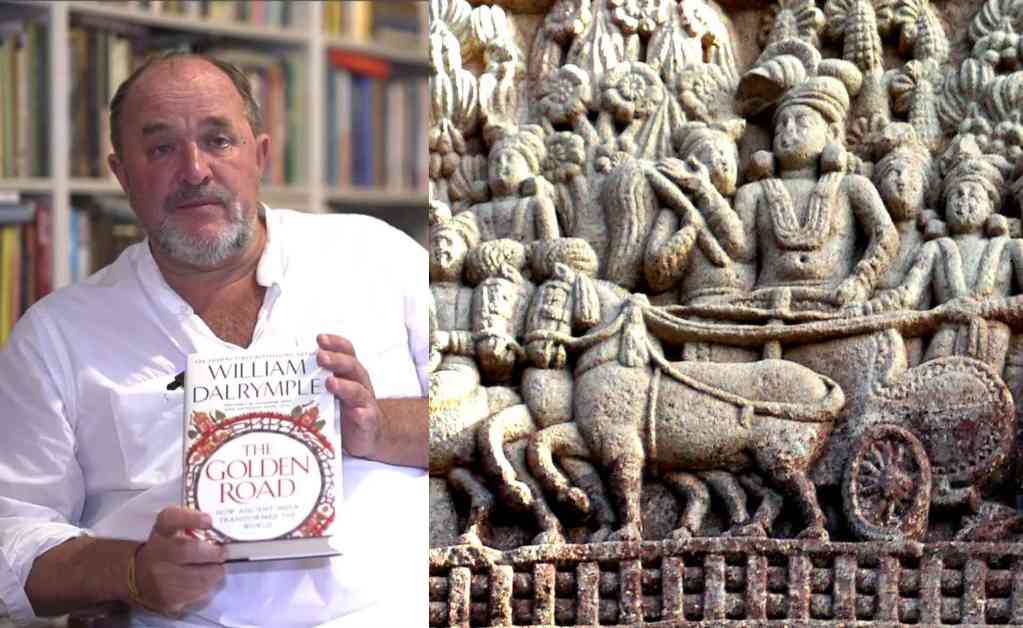William Dalrymple, a renowned historian and storyteller, has recently delved into the fascinating topic of ancient Indian knowledge transfer in his latest book, ‘The Golden Road: How Ancient India Transformed the World’. Through his meticulous research and engaging narrative style, Dalrymple sheds light on the significant role that India played in shaping the intellectual landscape of the world, from the export of Buddhism and Hinduism to the dissemination of mathematical concepts like the number zero and the game of chess.
Dalrymple’s exploration of ancient Indian exports goes beyond the well-known Silk Road, highlighting the importance of the waterways that connected India to Europe, Persia, Arabia, China, South-East Asia, and Sri Lanka. These trade networks not only facilitated the exchange of goods but also served as conduits for the transmission of ideas, culture, and knowledge that helped India establish itself as a hub of intellectual excellence.
In ‘The Golden Road’, Dalrymple introduces readers to a diverse cast of characters who played key roles in the dissemination of Indian knowledge. From emperors like Chandragupta Maurya and Ashoka to mathematicians Aryabhata and Brahmagupta, Dalrymple illuminates the contributions of these individuals in fields ranging from astronomy to metallurgy. By showcasing their achievements and highlighting their impact on global intellectual history, Dalrymple underscores the far-reaching influence of ancient Indian civilization.
One of the key themes of ‘The Golden Road’ is the mechanism through which knowledge was transferred from India to the rest of the world. Dalrymple emphasizes the role of factors like India’s monsoon winds, which facilitated swift and safe maritime travel, in enabling the spread of Indian ideas and innovations across distant lands. By tracing the journeys of figures like the Chinese traveler Xuanzang and the Barmakids in Baghdad, Dalrymple illustrates how Indian knowledge found its way to distant shores through a complex network of trade, diplomacy, and cultural exchange.
While ‘The Golden Road’ offers a comprehensive account of India’s intellectual exports and their impact on global history, Dalrymple’s narrative sometimes strays from its focus on ancient India. As he delves into the political intrigues of foreign courts and the reception of Indian ideas in distant lands, the book occasionally loses sight of the central role that India played in shaping these intellectual exchanges. Nevertheless, Dalrymple’s storytelling prowess and meticulous research make ‘The Golden Road’ a compelling read that sheds new light on the interconnectedness of ancient civilizations.
Throughout the book, Dalrymple explores the rich tapestry of cultural exchanges that characterized the ancient world, illustrating how Indian ideas permeated distant lands and influenced diverse societies. By examining the legacy of Indian achievements in fields like mathematics, astronomy, and philosophy, Dalrymple showcases the enduring impact of ancient Indian civilization on global intellectual history.
In conclusion, ‘The Golden Road’ offers a captivating journey through the annals of ancient Indian knowledge transfer, revealing the profound impact that India had on shaping the intellectual landscape of the world. By highlighting the role of trade routes, cultural exchanges, and individual innovators in disseminating Indian ideas, Dalrymple presents a nuanced and compelling portrait of a civilization that continues to inspire and influence us to this day.












